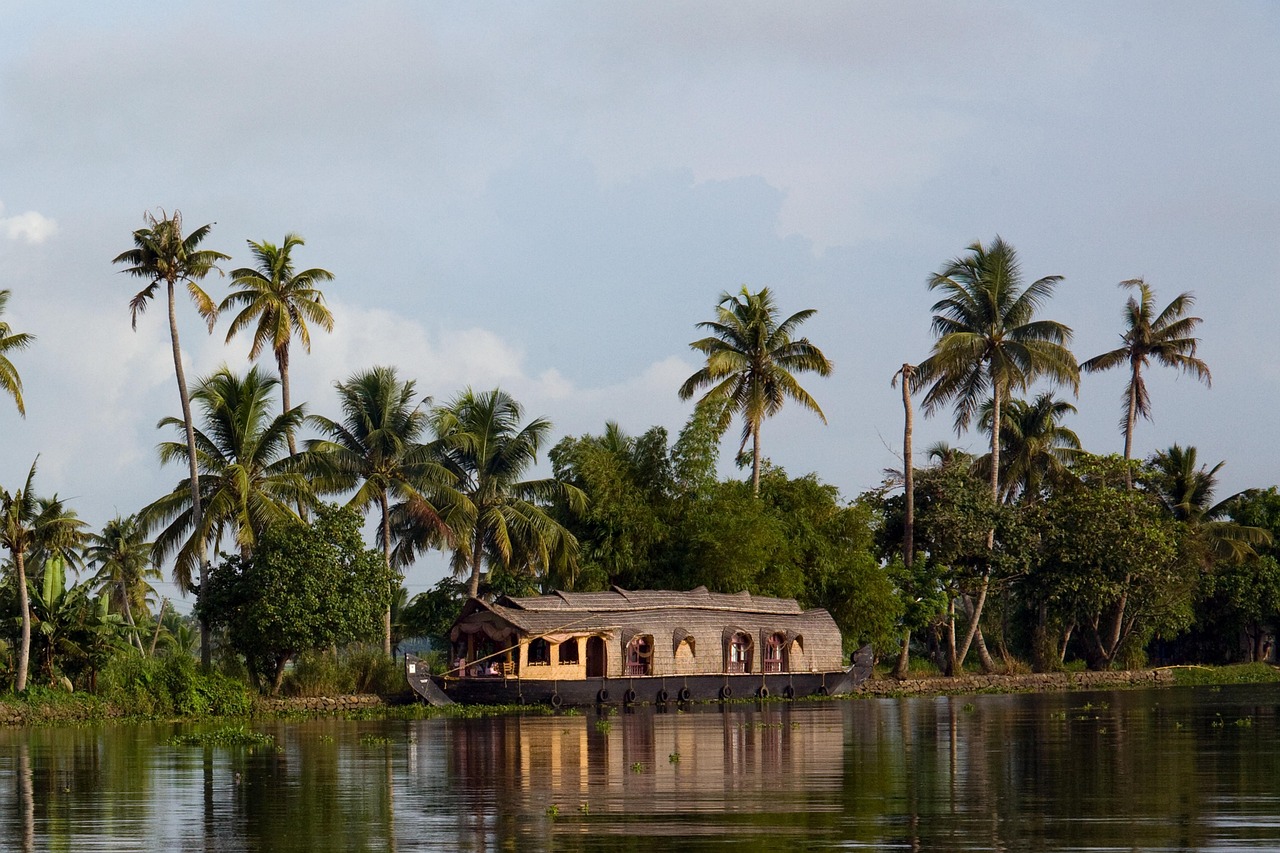If you’re torn between visiting India or Thailand and scratching your head over which country makes it easier to get an eVisa, you’re not alone. These two amazing destinations are at the top of many travelers’ bucket lists. But let’s be real: no one wants to start their dream trip with confusing forms or endless paperwork.
Here comes the good news. Both India and Thailand have digitalized their visa processes, making it easier than ever to apply online. That said, each country has its own way of doing things, and one might be quicker, cheaper, or less of a hassle for you.
So, let’s break it down and figure out which eVisa process is smoother, faster, and more traveler-friendly.
Indian eVisa: A Smooth Ride for Most Travelers
India’s eVisa program is pretty traveler-friendly. Over 160 nationalities can apply online. There have been no embassy visits, no paper forms. Just fill out the form, upload a few documents, pay the fee, and wait for the approval to arrive in your email.
Types of Indian eVisas
- Tourist eVisa: Comes in 30-day (double-entry) and 1-year (Multiple-entry) options
- Business eVisa: For meetings, conferences, or short-term work
- Medical eVisa: For treatment in recognized Indian hospitals
Processing Time: Usually 40 to 96 hours

Document Requirements:
- Passport (6 months’ validity)
- Passport-sized photo
- Scanned the bio page of the passport
You don’t need to book your flight or hotel in advance. Just have your documents ready, and you’re good to go.
Thailand eVisa: Simple, But With More Checks
Thailand has also moved to a digital eVisa platform, as of January 2025, but with a few more steps. It’s available to many countries, especially in Asia, Europe, and North America, and it’s fully online too.
Type of Thai eVisa
- Tourist Visa: Generally allows a 60-day stay (Single-entry)
- Other types: Business, medical, education, each with its own rules
Processing Time: Usually 5 to 10 working days

Document Requirements:
- Passport (6 months’ validity)
- Passport photo
- Proof of accommodation (hotel or address)
- Return flight ticket
- Bank statements or proof of funds
Thailand tends to ask for more documents up front. It’s not difficult, but you’ll need to be more organized. If you’re applying last-minute or don’t have confirmed bookings yet, this might slow you down.
The Verdict: India Edges Ahead
If we’re talking ease and speed, India’s eVisa wins. It’s:
- Faster to process
- More flexible with visa durations
- Requires fewer supporting documents
Thailand’s system is also modern but newer. And it requires more document verification. The process in Thailand is still fairly easy, especially if you have your travel plans sorted. However, the extra paperwork can be a hassle if you’re in a rush or don’t want to book hotels before your visa is approved.
Conclusion
Both India and Thailand make it easy to visit with eVisas, and both are unforgettable travel experiences. But if you’re looking for the quicker and more relaxed visa route, India is the easier option for most global passport holders. Wherever you choose to go, start early, follow the online application steps, and enjoy the journey.


